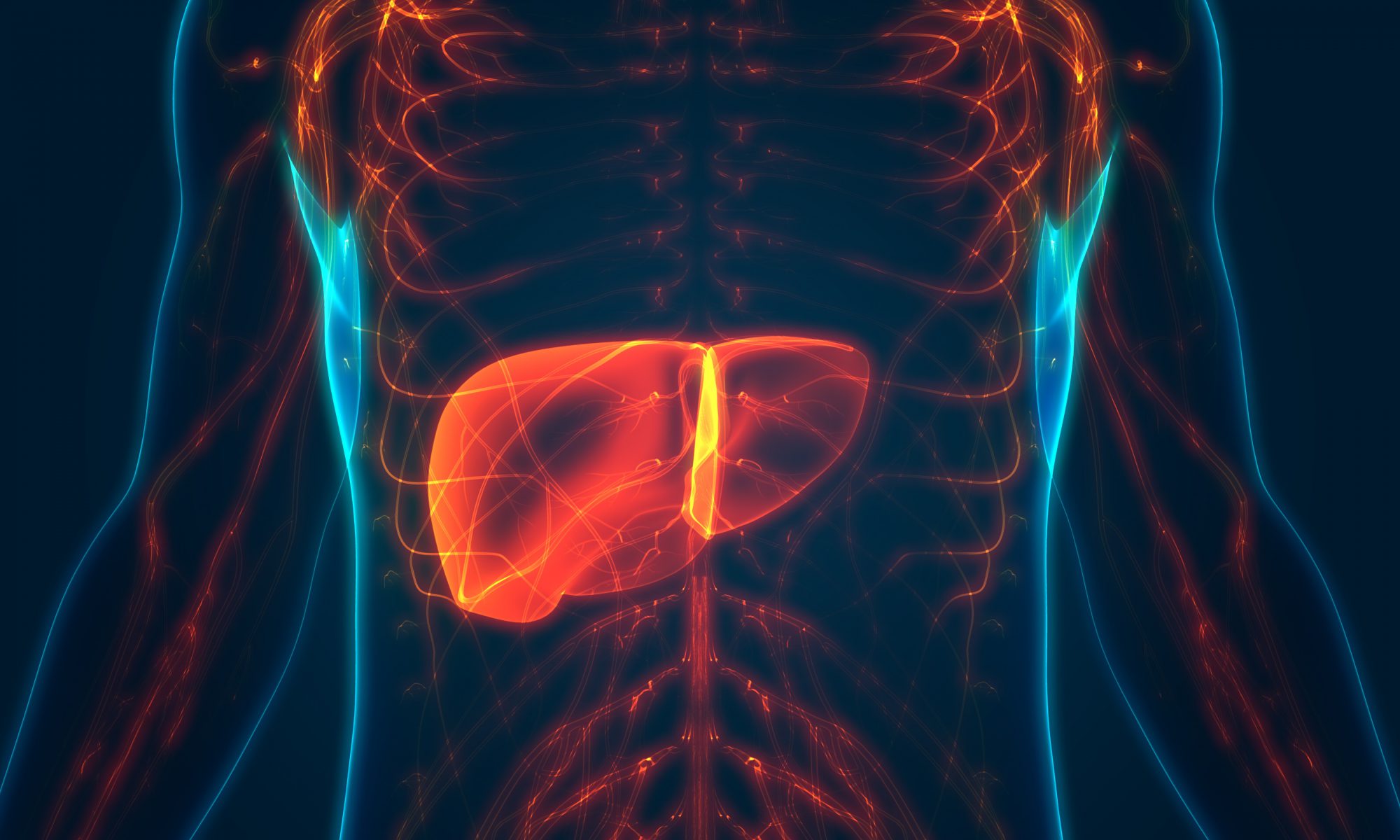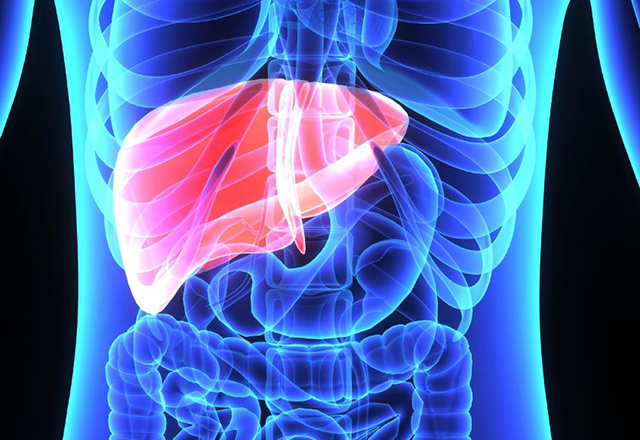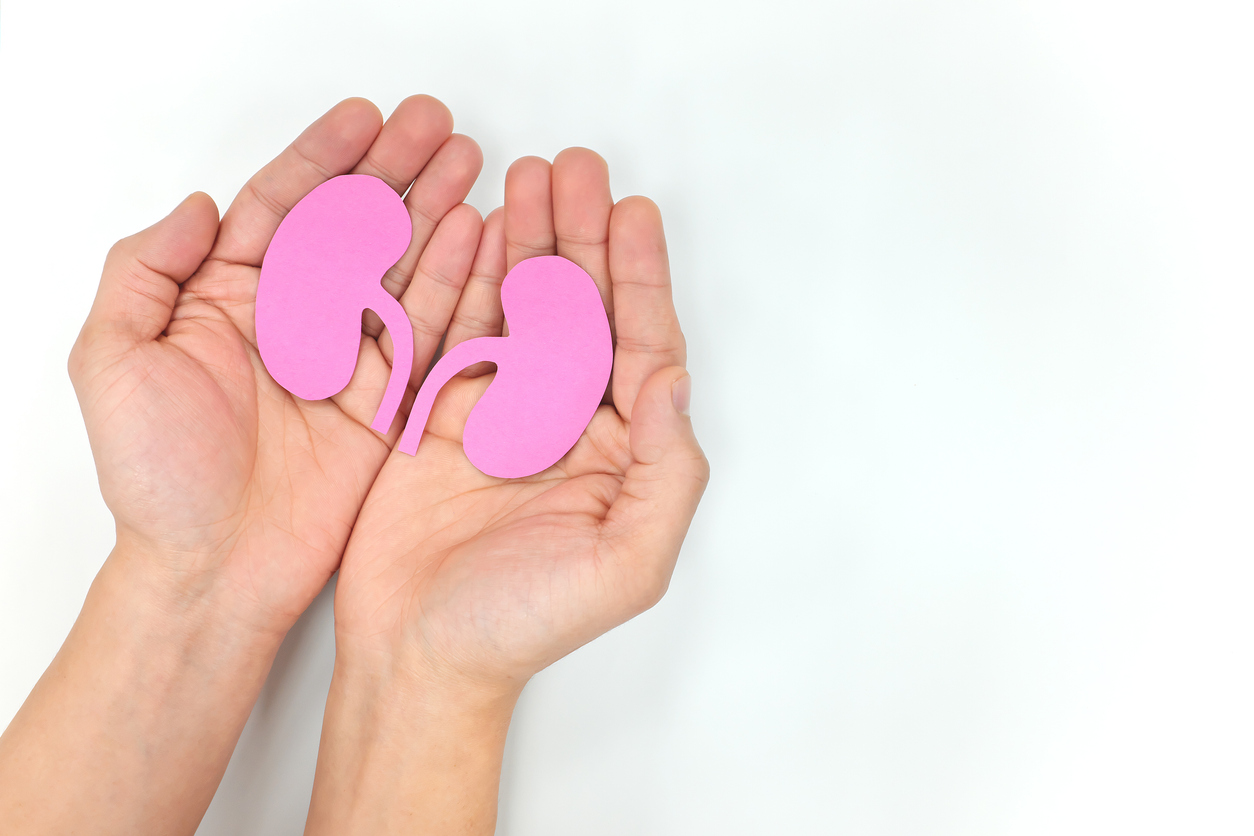In the two years following the launch of the national liver allocation policy based on acuity circles, nearly 15,300 deceased donor liver-alone transplants were performed nationwide. This was an increase of 4.3 percent over the corresponding two-year period before implementation. Read more from UNOS.
Pre-liver transplant frailty increases risk for worse global functional health outcomes
Physical frailty before liver transplant correlated with poor functional status and health-related quality of life 1 year after surgery among patients with cirrhosis, according to research published in JAMA Surgery.
“As the quantity of posttransplant years of life improves, it is crucial to better understand the factors, particularly those that are modifiable, that contribute to patients’ quality of life during those posttransplant years,” Jennifer C. Lai, MD, MBA, associate professor of medicine and endowed professor of liver health and transplantation at the University of California, San Francisco, and colleagues wrote. Read more in Healio.
Transplant-Acquired Atopy and Allergy Found to be More Common in Pediatric Liver Transplants
New research into risk factors for pediatric liver transplant patients indicated that atopy and allergy may follow a transplant and are more common among females and younger patients.
Pediatric liver transplant recipients were found to be more likely than adult recipients to acquire transplant-acquired atopy and allergy (TAA) with female gender also being correlated with higher rates according to new findings.1 Read more in HCP Live.
More than 15,000 liver transplants performed in first two years of acuity circles policy
In the two years following the launch of the national liver allocation policy based on acuity circles, nearly 15,300 deceased donor liver-alone transplants were performed nationwide. This was an increase of 4.3 percent over the corresponding two-year period before implementation.
A key focus in monitoring the policy’s performance has been its effect on transplant volume in various geographic areas. Read the full story from UNOS.
Medical love story: A Texas couple both had liver transplants. Now she helps others as a transplant surgeon.
When Dr. Trine Engebretsen told the dean of her medical school that she was re-thinking her intention to become an emergency physician, he threw his hands in the air.
He’d been waiting for her to admit she was meant to be a transplant surgeon. Read the full story in Renew Houston.
First double living-donor kidney and liver transplant in the Rocky Mountain region saves life of former Olympic ski jumper
Randy Weber was one of the youngest Olympians back when he competed. Decades later, transplant pros, a friend who had served in the Marines and Randy’s teacher-brother all teamed up to save the skier’s life.
The Olympic ski jumper felt utterly calm as he stood on long skis at the top of a 300-foot-tower.
He breathed deeply, then took off, reaching 55 miles per hour as he flew through the air for several seconds over the length of a football field. Read the full story from UC Health.
Can a Nationwide Liver Paired Donation Program Work?
For a patient who needs a liver, living donation offers an alternative to staying on a list of over 10,000 people waiting for a liver transplant. But what happens when your donor is not a match? To expand the number of living liver donations in the United States, the United Network for Organ Sharing (UNOS) has launched the first national paired liver donation pilot program in the United States. Read more in Medscape.
Epstein-barr viral load monitoring may reduce risk after liver transplant
For patients undergoing liver transplant (LT), Epstein-Barr virus (EBV) viral load (VL) monitoring may reduce the incidence of posttransplant lymphoproliferative disease (PTLD), according to a study published online Jan. 17 in the Annals of Internal Medicine. Read the full story in Medical XPress.
Pre-liver transplant frailty increases risk for worse global functional health outcomes
Physical frailty before liver transplant correlated with poor functional status and health-related quality of life 1 year after surgery among patients with cirrhosis, according to research published in JAMA Surgery.
“As the quantity of posttransplant years of life improves, it is crucial to better understand the factors, particularly those that are modifiable, that contribute to patients’ quality of life during those posttransplant years,” Jennifer C. Lai, MD, MBA, associate professor of medicine and endowed professor of liver health and transplantation at the University of California, San Francisco, and colleagues wrote. Read the full story in Healio.
Transplanted Livers Can Survive Past 100
These organs that live for more than a century could raise the age of potential donors, perhaps shortening waits for the life-saving procedure
Your liver could outlive you—even into the triple-digits, new research suggests.
Using the United Network for Organ Sharing’s organ transplant database, scientists assessed the ages of 253,406 livers transplanted between 1990 and 2022. Their analysis revealed that 25 of them had survived for more than 100 years.
Read the full article in Smithsonian Magazine.


